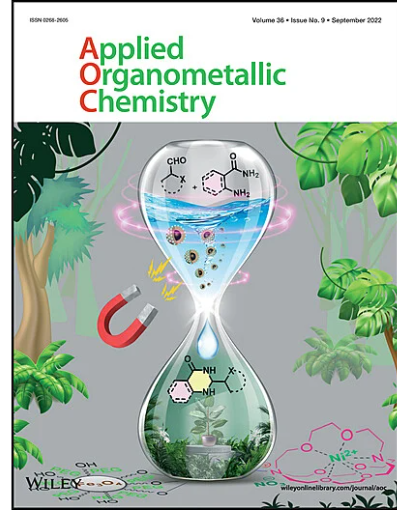A Multi-methodological Evaluation of Transition Metal-Nitro Schiff Base Complexes: From Computational Predictions to Biological Testing
Abstract
A new nitrobenzothiazole incorporated Schiff base ligand, (E)-1-(4-chlorophenyl)-N-(6-nitrobenzo[d]thiazol-2-yl)methanimine (formed by the condensation reaction of 4-chlorobenzaldehyde and 2-amino-6-nitrobenzothiazole), has been created to explore its biological activity. Using this ligand, a few transition metal(II) complexes have been fabricated in order to find out the biological effect due to chelation. These complexes were characterized using standard analytical and spectroscopic methods, which established the presence of imine group and octahedral geometry of the metal complexes. The quantum mechanical computation for these complexes has been carried out in addition to optimized geometry and DFT calculations applying Gaussian 09 W software. Additionally, a molecular docking investigation for 3v03 bovine serum albumin enzyme receptor has been done. The metal complexes and Schiff base ligand have strong interactions with protein receptors. There is a strong tendency for all metal complexes to bind to CT DNA through the intercalation pathway. In vitro and in vivo screening tests expose that the complexes are more active than the free Schiff base.


 求助内容:
求助内容: 应助结果提醒方式:
应助结果提醒方式:


